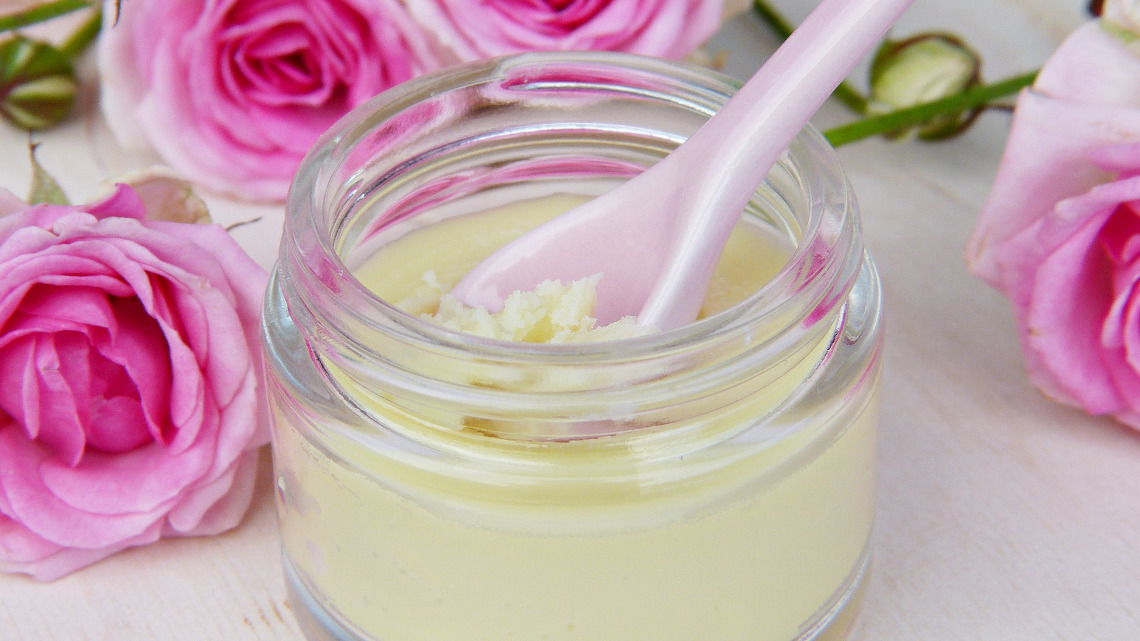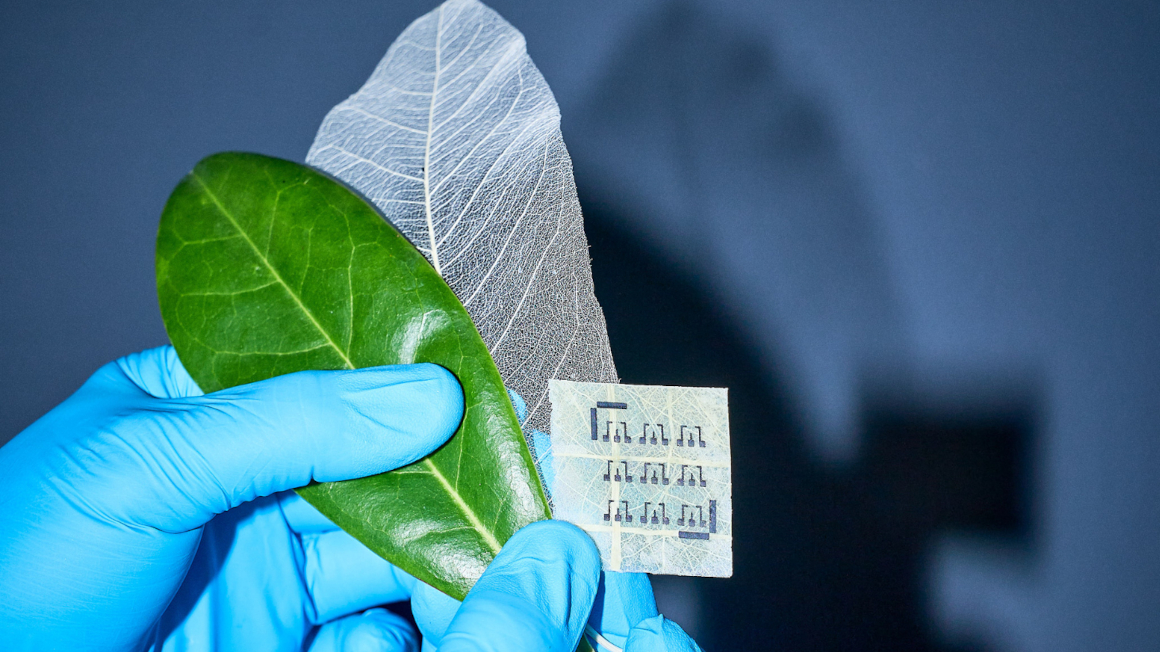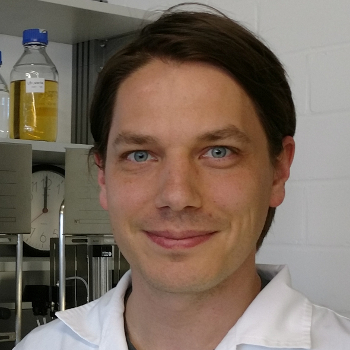Cosmetic agent from sugar cane residues
With the help of a new process, researchers at the Leibniz Institute for Catalysis in Rostock extract pentylene glycol, which is important for cosmetics, from bagasse, residual materials from the sugar cane industry.

Pentylene glycol is a moisturizing agent that is contained in almost all creams. The divalent alcohol is odorless and colorless. Compared to the common alcohol ethanol, the so-called diol ensures that the skin optimally binds moisture and active agents. At the same time, it acts as an antimicrobial and thus keeps bacteria away. Pentylene glycol is therefore a natural preservative. To date, however, pentylene glycol has been obtained almost exclusively from natural gas and crude oil. A new catalytic process now makes it possible to produce the cosmetic ingredient sustainably - from a by-product of sugar cane processing, bagasse.
Catalytic process converted
In order to extract the ingredient, researchers at the Leibniz Institute for Catalysis in Rostock (LIKAT) have modified the catalysis process. "This intermediate product of bagasse, like all natural substances, consists of different components," explains Angela Köckritz, under whose direction the work was carried out. The scientists first had to break down and separate these components. Then they looked for a suitable catalyst that could convert the pentylene glycol.
The difficulty, according to Köckritz, was to find the catalyst with the right precious metal carrier material from the "one hundred different types". The researchers immediately found a substance in the bagasse that would enable them to produce pentylene glycol in a sustainable way. As a result, the substance produced from bagasse consists of the same components as the fossil variant. Only the reaction path is different.
Process patented
The sustainable production of the cosmetic active ingredient is the result of many years of cooperation between LIKAT researchers and Symrise AG in Holzminden. The company offers, among other things, basic and active cosmetic ingredients. In 2018, the process, which has since been patented, was transferred to pilot scale. The ingredient extracted from bagasse is offered by Symrise under the name Hydrolite®5 green. Due to the special properties of pentylene glycol as a natural preservative, other possible applications are also conceivable, Köckritz added in an interview with biooekonomie.de. As the active ingredient is very skin-friendly, it can also be used in cleaning products, shower gels and lipsticks.
bb/um


